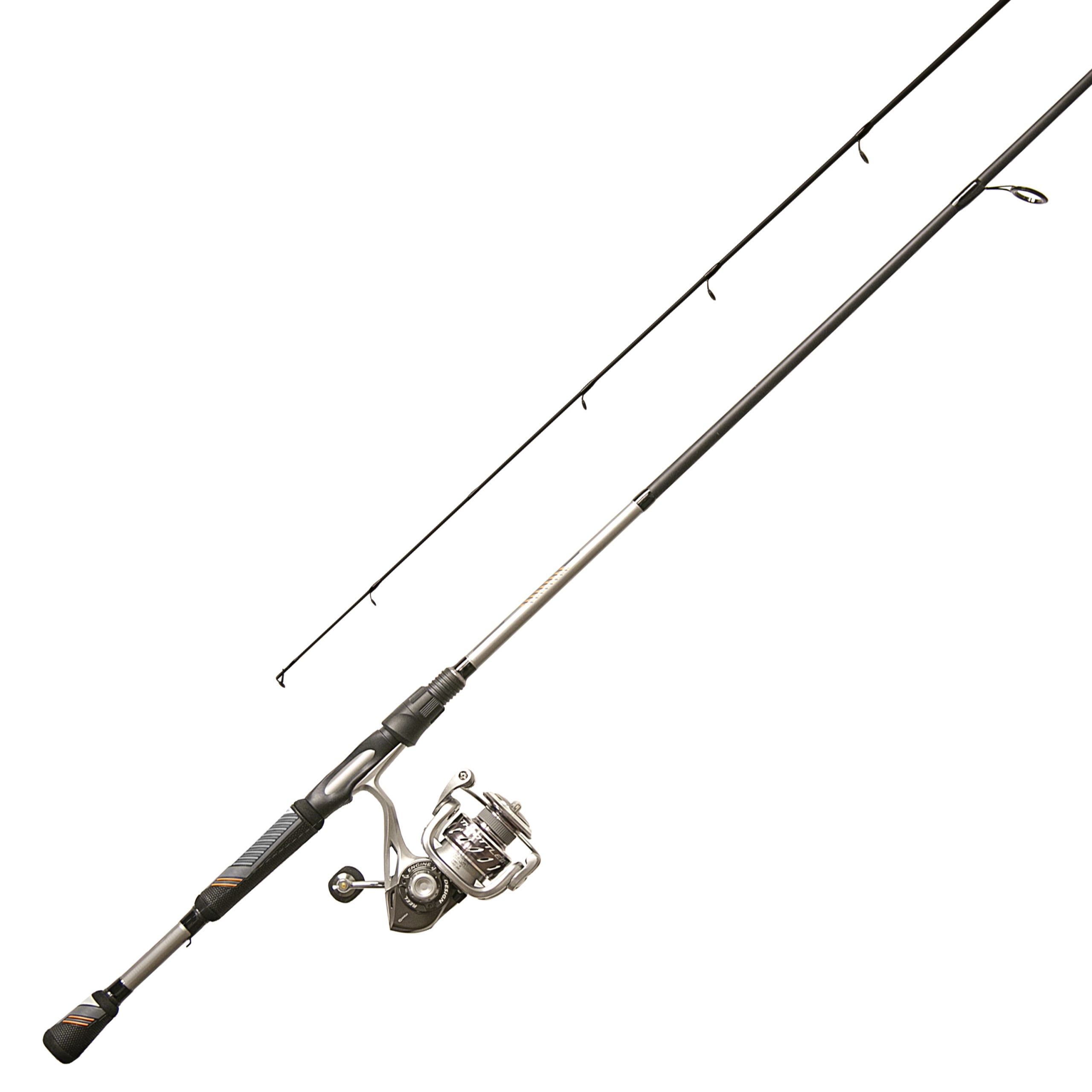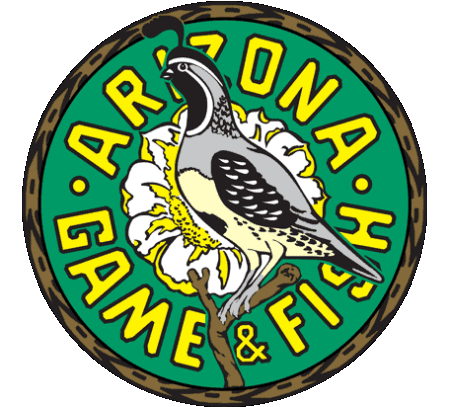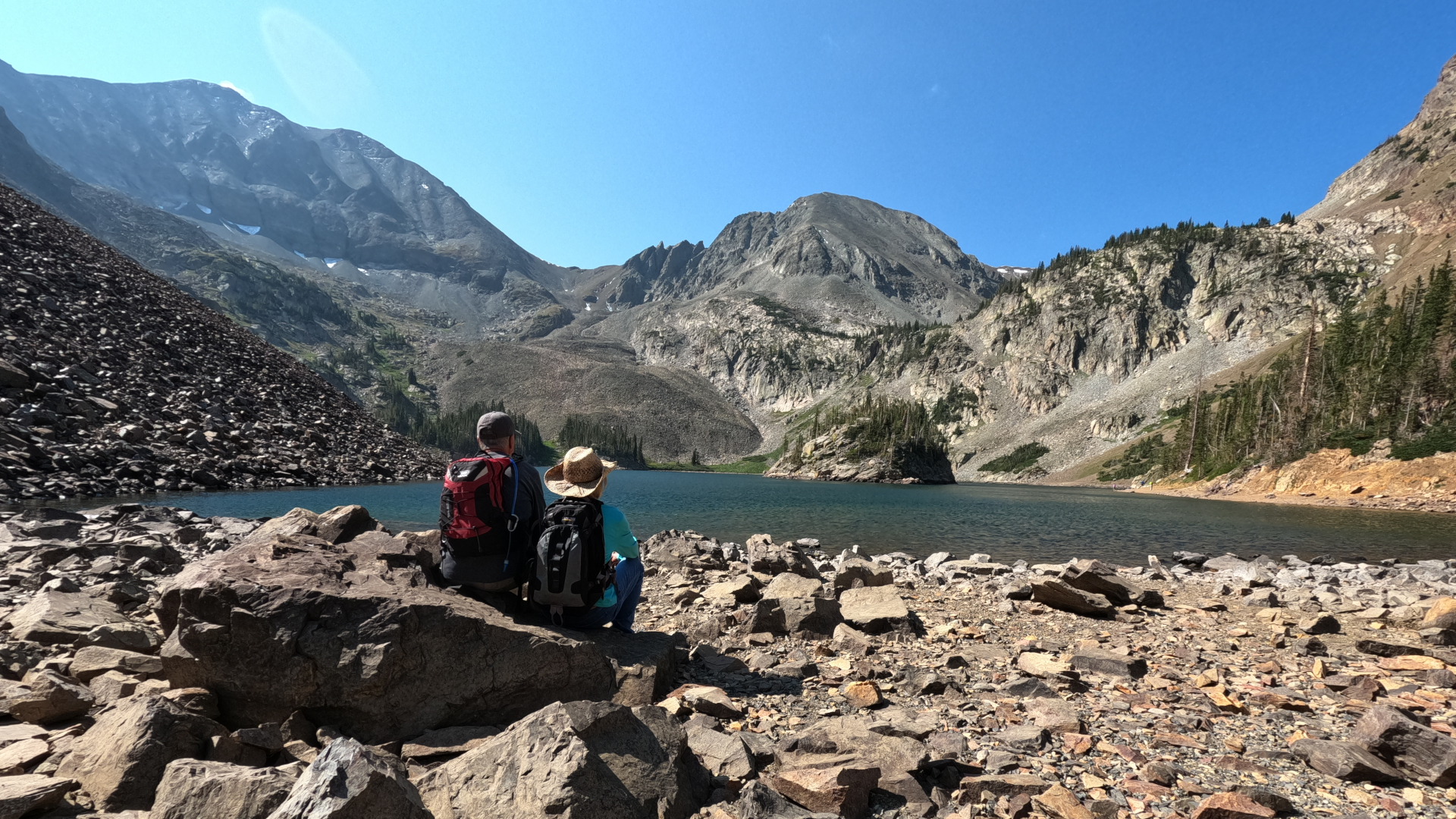Project Creates First Artificial Reef of Concrete Poles – Lake Havasu
CORPUS CHRISTI, Texas — Dozens of concrete power line poles were deployed July 22 in the Gulf of Mexico about 30 nautical miles east of here, marking the first time concrete poles have been used to create an artificial reef near Texas.
American Electric Power donated the 152 hollow concrete power poles to the Texas Artificial Reef Program administered by Texas Parks and Wildlife Department. AEP and the City of Corpus Christi allowed storage of the poles on city property until TPWD was able to budget and plan the project.
The poles range in length from 10-40 feet and represent a total of 1,457 tons of concrete. They were transported by contractor Derrick Construction of Rockport and deployed at a site known as Outer Continental Shelf Block Matagorda Island 712 in 130 feet of water. This site is an existing artificial reef created several years ago using an abandoned oil platform deck. The addition of the power poles will enhance the reef habitat, providing more reef structure for fish and other creatures.
The contractor also deployed a hopper barge (194 feet long by 35 feet wide by 16 feet deep) at the MI 712 reef site on July 16. The site is also accessible from Port O’Connor, which is about 36 nautical miles north of MI 712.
“An artificial reef is like an oasis in the desert for Gulf of Mexico marine life,” said Larry McKinney, Ph.D., and TPWD’s coastal fisheries director. “The Gulf floor is primarily a vast expanse of mud and sand. Reefs provide hard attachment surfaces for invertebrates such as barnacles, corals, sponges, clams, bryozoans and hydroids, the beginnings of an interactive food web that supports a host of reef fish species.”
“By providing food and shelter, artificial reefs can enhance overfished populations of resident reef fish like red snapper and grouper. Transient species like mackerel, shark and billfish can also benefit by feeding on the resident fish.”
The Texas Artificial Reef Act of 1989 directed TPWD to promote and enhance the artificial reef potential off Texas. The department developed the Texas Artificial Reef Plan adopted by the TPWD Commission in 1990. The reef program is guided by the plan and by recommendations from a citizen-based Artificial Reef Advisory Committee.
To date, the Texas Artificial Reef Program has permitted 74 former oil and gas production platforms, plus other materials, at 49 reef sites. This includes 17 near-shore reefs to enhance fishing and diving opportunities for small boat owners. Reef materials at these near-shore sites include 12 Liberty Ships; an obsolete tugboat, a Navy YR-Barge, 44 concrete culverts, a welded pipe structure, 123 natural quarry rocks, 132 concrete reef balls, and 300 coal combustion fly ash blocks. All materials used for reef enhancement are clean, stable, durable, and complex structures.
More information, including a coastline map showing the location of some of the artificial reefs along the Texas coast and a tabular listing of reefs, is on the TPWD artificial reef Web page (http://www.tpwd.state.tx.us/fish/reef/artreef.htm).
AEP owns more than 36,000 megawatts of generating capacity in the United States and is the nation’s largest electricity generator. AEP is also one of the largest electric utilities in the United States, with more than 5 million customers linked to AEP’s 11-state electricity transmission and distribution grid. The company is based in Columbus, Ohio. – Lake Havasu








0 Comments